Optimal Timing for Copper Piping Installations
Copper piping installations are influenced by seasonal and environmental factors that can affect the quality and longevity of the system. Understanding the optimal timing ensures proper installation and reduces potential issues.
Spring and early summer are generally ideal for copper piping due to moderate temperatures and lower humidity levels, which facilitate soldering and reduce corrosion risks.
Avoid installations during extreme cold or heat, as temperature fluctuations can impact the integrity of the piping and fittings.
Scheduling during mild weather allows for better working conditions, reduces delays, and ensures adherence to quality standards.
Copper expands and contracts with temperature changes; installing during stable weather minimizes stress on joints and connections.

Ideal for installation due to moderate weather conditions, ensuring quality work.
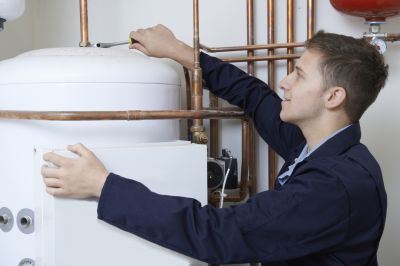
Suitable when temperatures are stable, but avoid peak heat hours for safety and precision.
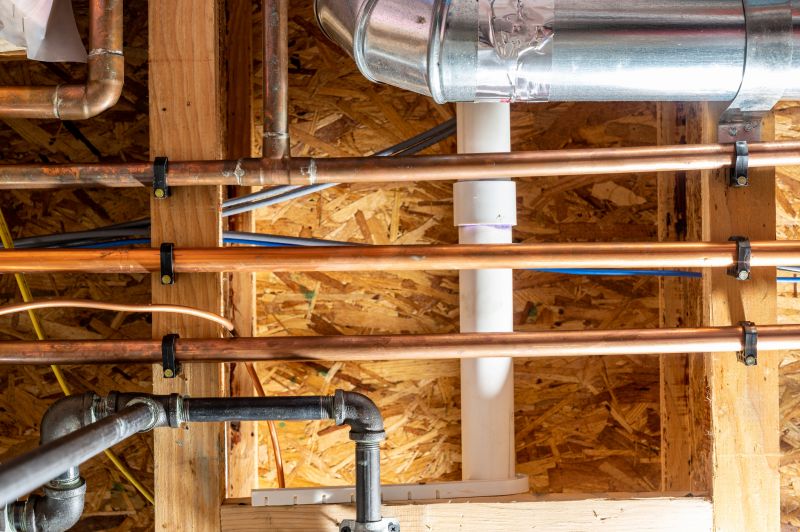
Good for scheduling before winter, with cooler temperatures aiding installation.
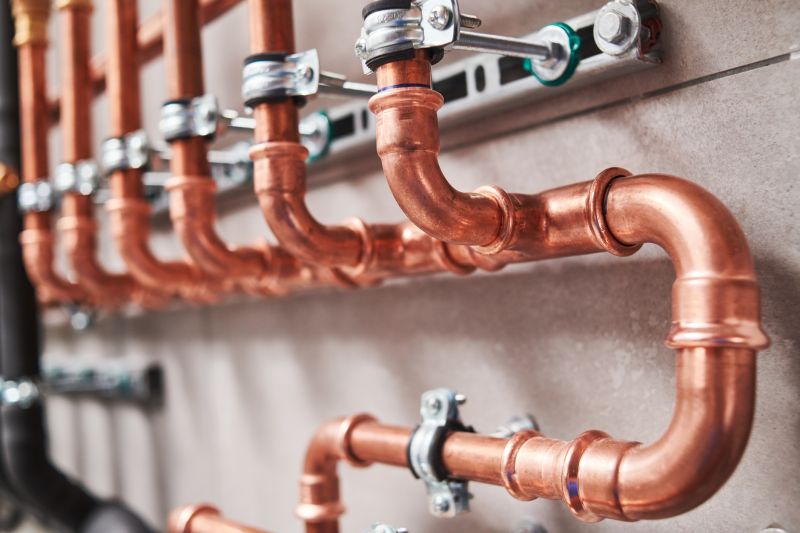
Ways to make Copper Piping Installations work in tight or awkward layouts.
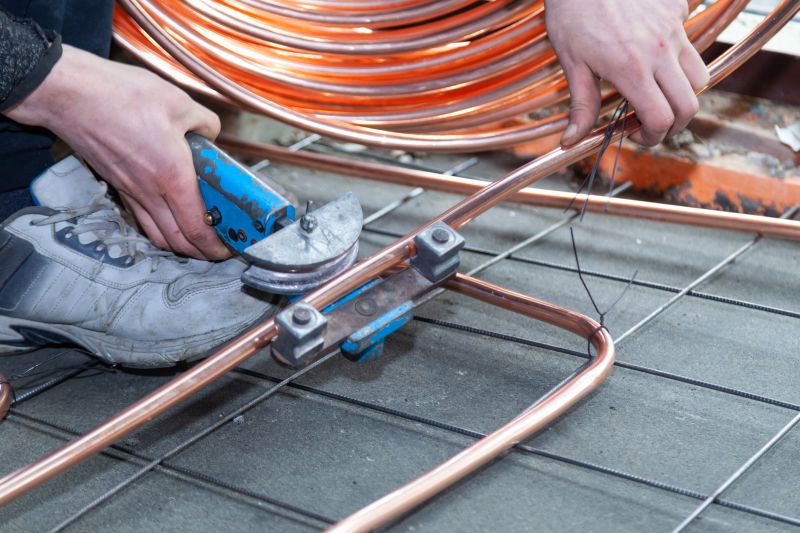
Popular materials for Copper Piping Installations and why they hold up over time.

Simple add-ons that improve Copper Piping Installations without blowing the budget.
Copper piping is a durable and reliable material used extensively in plumbing systems. Its high thermal conductivity, corrosion resistance, and ease of installation make it a preferred choice for both residential and commercial applications. Studies show that properly installed copper piping can last over 50 years with minimal maintenance, providing long-term performance. The installation process involves precise soldering and fitting techniques, which are best performed under stable weather conditions to ensure leak-free connections and optimal system performance.

Installation during freezing temperatures can cause contraction and potential cracking if not properly managed.

Warm temperatures facilitate soldering but require caution to prevent overheating of fittings.

Includes pipes, fittings, solder, and flux, all of which are affected by environmental conditions during installation.
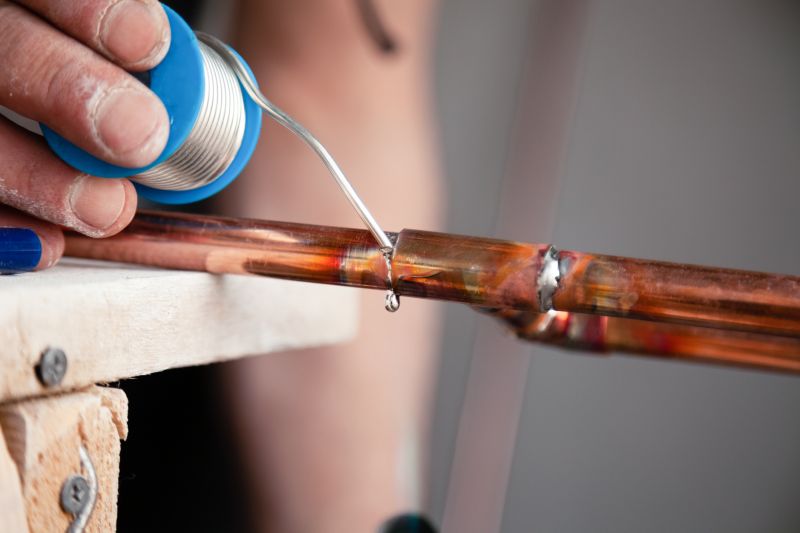
Ensuring correct joint preparation and soldering methods is crucial for system longevity.
| Season | Advantages |
|---|---|
| Spring | Moderate temperatures and lower humidity facilitate soldering. |
| Summer | Stable weather conditions; longer daylight hours. |
| Fall | Cooler temperatures before winter; less risk of thermal expansion issues. |
| Winter | Not recommended due to freezing temperatures and potential for contraction damage. |
| Peak Heat Months | Avoid during high heat to prevent overheating fittings and safety risks. |
Timing copper piping installations during favorable weather conditions enhances system performance and reduces the likelihood of issues related to thermal expansion, contraction, and corrosion. Proper planning considering seasonal factors can lead to smoother installation processes and long-lasting plumbing systems.
Interested in copper piping installations? Filling out the contact form provides an opportunity to discuss project needs and scheduling options to ensure optimal results.
